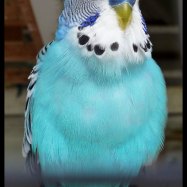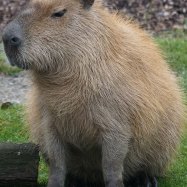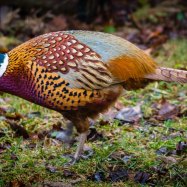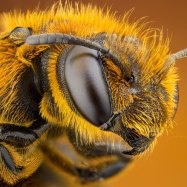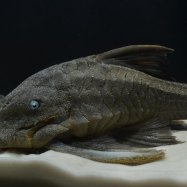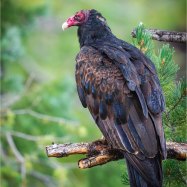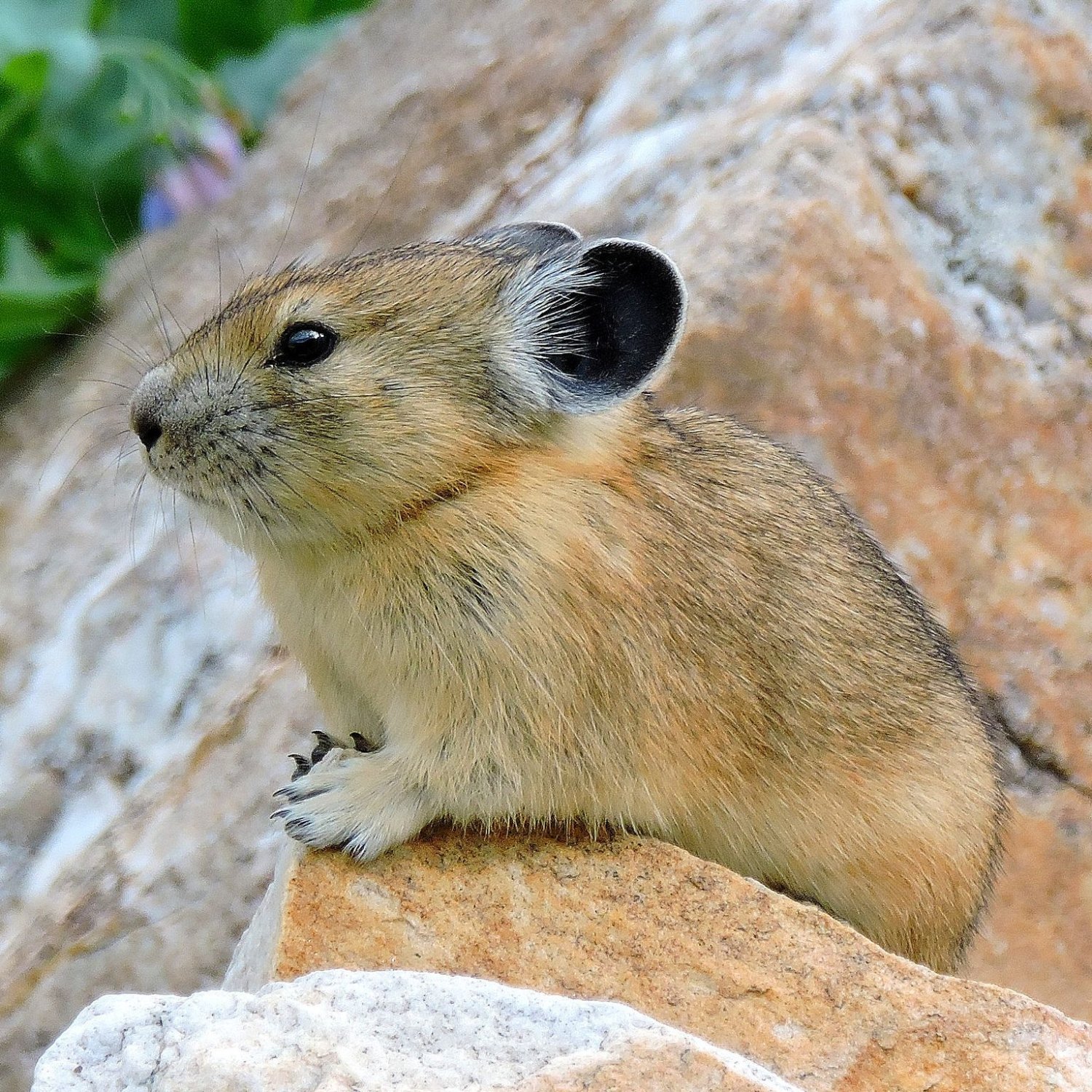
Pika
15 to 23 cm
Pikas are small, compact mammals found in the Himalayan region. Known for their distinct squeaky calls, they are part of the Ochotonidae family and can grow up to 15-23 cm in length. These adorable creatures play an important role in the ecosystem, serving as a source of food for predators. Next time you visit the Himalayas, keep an eye out for the lively and charismatic Pika! #pikas #Himalayas #Ochotonidae #ecosystem #wildlife
Animal Details Summary:
Common Name: Pika
Kingdom: Animalia
Habitat: Alpine meadows
The Hardy and Adorable Pika: Meet the Small But Mighty Lagomorph
The mountains are known for their harsh, rugged terrain, unpredictable weather, and unique wildlife. And if you were to venture into the high elevations of North America, Asia, or Europe, you might just run into one of the cutest and hardiest mountain dwellers - the pika.Known scientifically as Ochotona, these small, round mammals belong to the order Lagomorpha, which includes rabbits and hares. However, don't let their size fool you Pika. These little creatures are mighty survivors, perfectly adapted to thrive in the alpine meadows of their habitat. In this article, we will delve into the fascinating world of pikas, their characteristics, behavior, and why they are truly a remarkable species.
A Closer Look at Pika's Classification
Pikas belong to the Animalia kingdom, which includes all living beings with cells and the capacity for growth and reproduction. They are classified under the phylum Chordata, a diverse group of animals that possess a spinal cord and are able to regulate their body temperature. Within the class Mammalia, pikas are further subcategorized into the order Lagomorpha, along with rabbits, hares, and other small mammals.The scientific name for the pika genus is Ochotona, derived from the Mongolian word "ochod," meaning "large-eared." This name is a fitting description of these tiny creatures, as they do indeed have large ears compared to their size. The genus includes 30 different species, which are collectively known as pikas.
Appearance and Physical Characteristics
Pikas are small and compact animals, with an average length ranging from 15 to 23 cm Partridge. They have a round, plump body shape, resembling a miniature rabbit, and weigh between 120 to 350 grams. Despite their small size, they have thick, woolly fur, which helps them stay warm in their high altitude habitat.Their fur can range in color from shades of gray, brown, or reddish-brown, depending on the species and their location. In winter, pikas' fur grows even thicker and turns a lighter color, providing them with better insulation against the cold.
One of the most notable features of pikas is their large, prominent ears. These serve not just an aesthetic purpose, but also play a crucial role in their survival. Pikas have excellent hearing, which helps them detect predators or other threats in their surroundings.
Habitat and Distribution
Pikas are found in alpine meadows, rocky slopes, and mountainous regions with elevations of up to 6,000 meters. They are mostly found in North America, Asia, and Europe, but the majority of their species are found in China.Within China, the Himalayan region is home to the most diverse population of pikas, with 19 out of the 30 known species found there. These small mammals have adapted to live in some of the harshest conditions on the planet, where temperatures can plummet below freezing and strong winds can reach up to 90 kilometers per hour.
Due to their specific habitat requirements, pikas have a limited geographic distribution, making them a vulnerable species. Any changes or disruptions to their habitat, such as climate change or human activities, can have a significant impact on their population and survival.
Feeding and Foraging
Pikas are herbivorous animals, which means they rely solely on a plant-based diet. They are primarily folivores, meaning they mainly consume foliage such as grasses, leaves, and stems. In the summer, when plants are abundant, they also eat flowers, fruits, and seeds.Pikas are constantly busy foraging for food to store for the long winter months. They do not hibernate, and therefore, need to stockpile enough food to survive through the cold season. They have specialized cheeks that can expand to store food, and they use their sharp front teeth to cut and gather plants.
Their foraging behavior is essential not just for their survival but also for the ecosystem. Pikas act as "ecosystem engineers," meaning they play a crucial role in maintaining the balance and health of their habitat by grazing and fertilizing the plants they consume.
Behavior and Social Structure
Pikas are highly social animals, living in colonies of up to 10 individuals. Their underground burrows can cover a few square meters and contain multiple chambers for shelter, food storage, and nesting. They are very territorial and will defend their burrows from other pikas and predators.Being small creatures in a harsh environment, pikas have developed some impressive adaptations to help them survive. They have a high metabolic rate, which means they need to eat a lot to maintain their body temperature. Additionally, their urine is concentrated, reducing the amount of water they use to stay hydrated.
During the breeding season, male pikas will attract females by singing and calling out to them with their distinct high-pitched vocalizations. After a gestation period of around 30 days, female pikas will give birth to one or two kits, which they will protect and nurse until they are old enough to fend for themselves.
Pikas and Humans
Pikas are not typically domesticated, but they have become increasingly popular amongst wildlife enthusiasts for their cuteness and unique behavior. In their natural habitat, pikas have a symbiotic relationship with other animals such as marmots and yak, as they share the same grazing grounds, and their burrows can provide shelter for other species.However, despite their integral role in the ecosystem and their popularity with humans, pikas face numerous threats to their survival. Climate change, habitat destruction, and predation by domesticated animals are some of the major challenges they face.
There is also a growing outcry against pikas being hunted for their fur or seen as pests by farmers, as they sometimes compete for vegetation with livestock. Conservation efforts are being made to protect the pikas' natural habitat, and educate the public about the importance of these little mammals in the mountain ecosystem.
In Conclusion
The pika may be a small and unassuming creature, but it is undoubtedly a mighty survivor, perfectly adapted to thrive in its harsh mountain environment. They may not be the most well-known or glamorous species, but pikas play a vital role in maintaining the balance and health of their ecosystem.As with many other animals, climate change and human activities pose a significant threat to the pika population. It is crucial for us to understand and appreciate these little creatures and take steps to protect their habitat. Who knows, a future trip to the mountains might just give you a chance to see these adorable lagomorphs in action.

Pika
Animal Details Pika - Scientific Name: Ochotona
- Category: Animals P
- Scientific Name: Ochotona
- Common Name: Pika
- Kingdom: Animalia
- Phylum: Chordata
- Class: Mammalia
- Order: Lagomorpha
- Family: Ochotonidae
- Habitat: Alpine meadows
- Feeding Method: Herbivorous
- Geographical Distribution: North America, Asia, and Europe
- Country of Origin: China
- Location: Himalayan region
- Animal Coloration: Gray, brown, or reddish-brown
- Body Shape: Small and compact
- Length: 15 to 23 cm
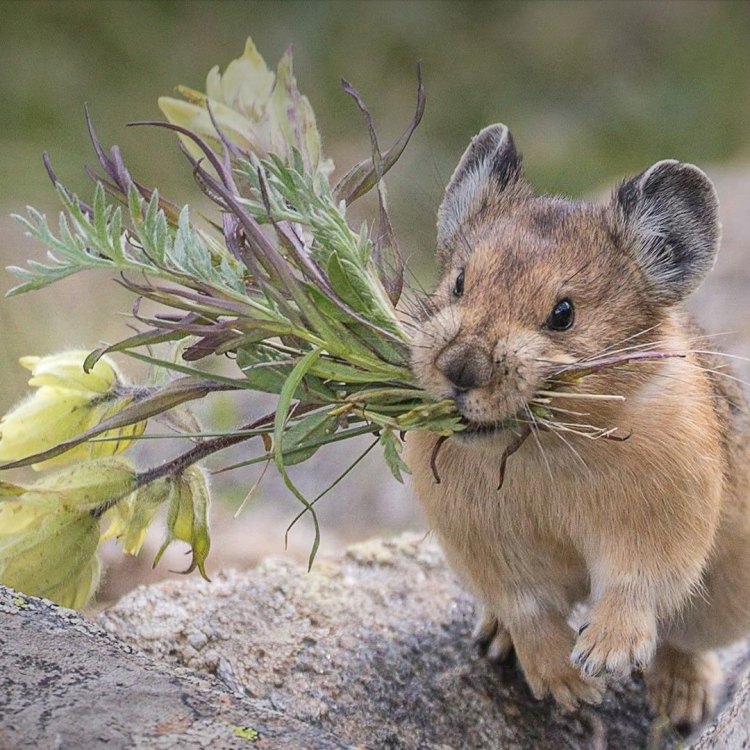
Pika
- Adult Size: 10 to 20 cm
- Average Lifespan: 3 to 7 years
- Reproduction: Sexual
- Reproductive Behavior: Monogamous
- Sound or Call: High-pitched chirps
- Migration Pattern: Non-migratory
- Social Groups: Solitary
- Behavior: Diurnal and active during summer
- Threats: Habitat loss and climate change
- Conservation Status: Least Concern
- Impact on Ecosystem: Key ecosystem engineers
- Human Use: None
- Distinctive Features: Rounded body, small ears, and short legs
- Interesting Facts: Pikas are also known as rock rabbits or whistling hares. They have a unique adaptation to survive harsh alpine environments by storing hay in rock crevices for the winter.
- Predator: Birds of prey, foxes, and weasels
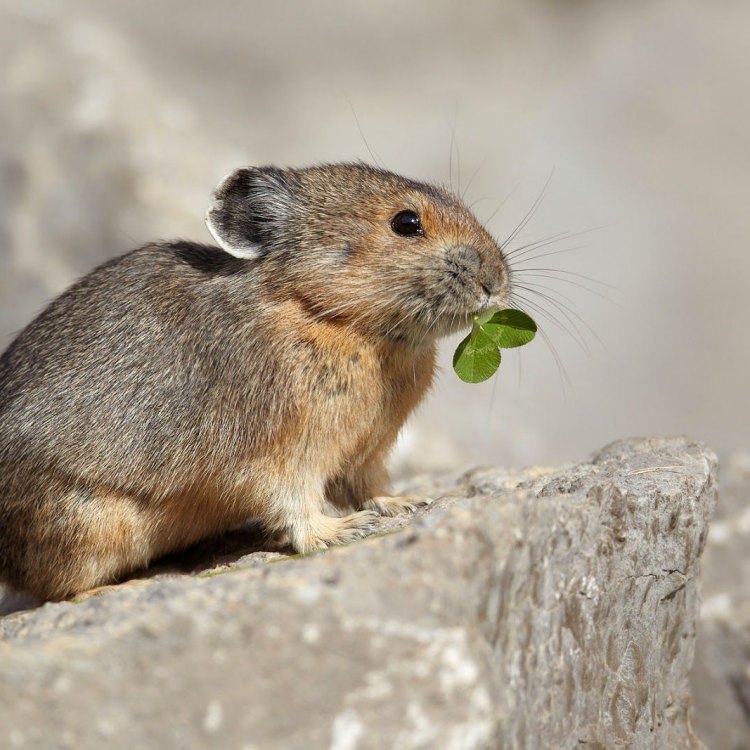
Ochotona
The Mighty Pika: A Key Player in Alpine Ecosystems
High up in the rugged mountains, amidst rocky cliffs and scree slopes, lives a small and mighty creature - the pika. This elusive little mammal, also known as the rock rabbit or whistling hare, may not be well-known among the general public, but it plays a crucial role in maintaining the delicate balance of alpine ecosystems.In this article, we will delve into the world of the pika, exploring its unique features, behavior, and impact on the environment. From its adorable appearance to its fascinating adaptation for survival, you will discover why this unassuming creature is truly a key player in the alpine ecosystem PeaceOfAnimals.Com.
Size, Lifespan, and Reproduction
The pika, scientifically known as Ochotona princeps, belongs to the order Lagomorpha, which includes rabbits and hares. They are small, compact animals with a body size ranging from 10 to 20 cm, similar to that of a small hamster. Despite their petite size, they have a relatively long lifespan of 3 to 7 years in the wild.
Pikas are sexually reproducing and have a monogamous mating behavior, meaning they form lifelong pairs with one male and one female. They have two breeding seasons, one in the spring and another in the summer, giving birth to a litter of 2 to 6 young called kits. These kits are born precocial, meaning they are born with their eyes open and able to move around within a few hours.
Behavior and Social Groups
Pikas are highly social creatures and have a solitary lifestyle, living in small family groups. They are diurnal, meaning they are active during the day, particularly in the summer months when resources are plentiful. They are also excellent jumpers, able to navigate steep terrain and gaps between rocks with ease Painted Turtle.
During the summer, they are busy gathering food and vocalizing with high-pitched chirps to communicate with other pikas in their vicinity. These chirps serve as a form of communication to establish territories and warn others about potential predators. They are territorial animals, and each group has its designated area, which they fiercely defend.
Migration and Habitat
Unlike many other species, pikas do not migrate to warmer climates during winter. Instead, they have a remarkable adaptation to survive the harsh alpine environment. As the temperatures drop, they gather and dry vegetation, commonly grasses, in the summer and store them in hidden haypiles within the rock crevices. These tiny haypiles serve as their winter food source, enabling them to survive the long, cold months.
Pikas have a strict habitat requirement, and they are only found in high elevation areas above the treeline. They prefer rocky, scree slopes with good drainage as it provides shelter and abundant food sources. Due to their specific habitat needs, pikas have a limited range and are found primarily in western North America, including the Rocky Mountains, Sierra Nevada, and Cascade Mountains.
Threats and Conservation Status
Despite their unique adaptations, pikas are facing a multitude of threats, mainly due to human activities. Habitat loss and fragmentation, as a result of mining, road construction, and development, are the most significant threats to their survival. Climate change is also a crucial factor, as pikas are highly sensitive to temperature changes and require a cool, moist habitat.
Unfortunately, the conservation status of pikas is listed as "Least Concern" by the International Union for Conservation of Nature (IUCN), as they are widespread and relatively abundant. However, their vulnerability to habitat loss and climate change is a cause for concern, and conservation efforts are necessary to ensure their long-term survival.
Importance in Ecosystems
Pikas may be small in size, but they play a vital role in maintaining the balance of alpine ecosystems. As they collect and store vegetation, they contribute to the nutrient cycle, helping to fertilize the soil and promoting plant growth. They also serve as a food source for various predators, such as birds of prey, foxes, and weasels, and their presence indicates a healthy ecosystem.
Moreover, pikas are considered key ecosystem engineers, as their haypiles serve as microhabitats for other small animals, such as insects and spiders. These animals, in turn, provide a food source for other larger predators. Therefore, the loss of pikas could have a ripple effect on the entire ecosystem, disrupting the delicate balance.
Distinctive Features and Interesting Facts
Pikas are easily recognizable by their distinctive features. They have a rounded body with small ears and short legs, perfectly adapted for living in rocky environments. Their fur is dense and thick, providing insulation against the cold, and they have a coat that changes color with the seasons - brown in the summer and white in the winter.
One of the most interesting facts about pikas is their unique adaptation to survive the harsh alpine environment. As mentioned earlier, they have a habit of gathering and storing hay in rock crevices for the winter. This behavior is crucial for their survival, as they do not hibernate and therefore need a constant food source to maintain their high metabolism in the cold weather.
Human Use and Protection
Although pikas do not have any significant direct use for humans, they are still an essential part of the natural world and deserve our respect and protection. As more and more people venture into the mountains for recreation, it is essential to be mindful of their presence and avoid disturbing their habitat.
Individuals can also contribute to pika conservation by supporting organizations that work towards protecting their habitats and promoting sustainable practices. Moreover, advocating for stronger environmental policies and reducing our carbon footprint can help mitigate the impact of climate change, which is a significant threat to pikas' survival.
Conclusion
In conclusion, the pika may be a small and elusive creature, but its significance in maintaining the balance of alpine ecosystems cannot be ignored. From their unique adaptation to their vital role in nutrient cycling and maintaining biodiversity, these little creatures are a key player in the delicate ecosystem of the mountains.
Through conservation efforts and raising awareness about their importance, we can ensure the survival of pikas and the preservation of their habitats for generations to come. So the next time you find yourself in the mountains, keep an eye out for these adorable creatures and appreciate their contribution to the natural world.
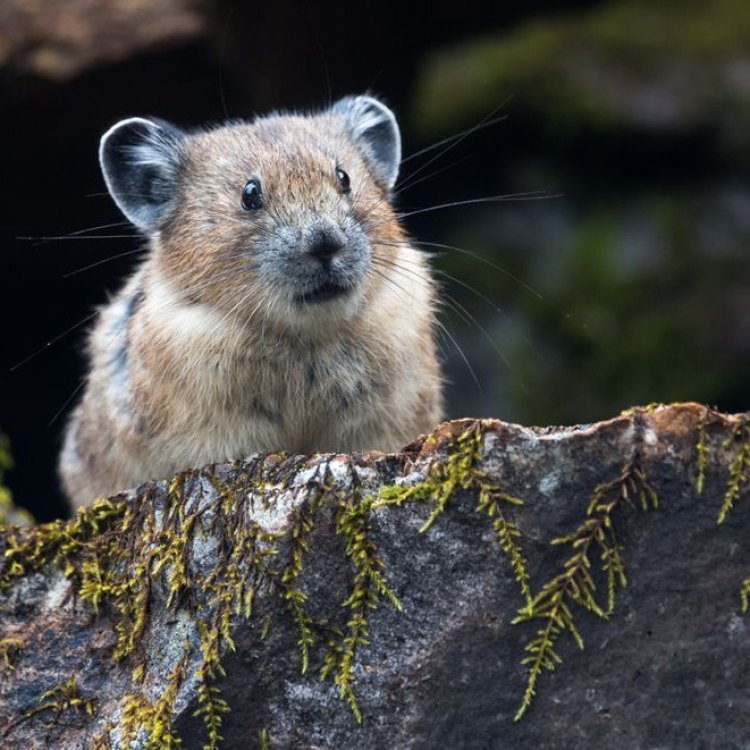
The Hardy and Adorable Pika: Meet the Small But Mighty Lagomorph
Disclaimer: The content provided is for informational purposes only. We cannot guarantee the accuracy of the information on this page 100%. All information provided here may change without prior notice.

